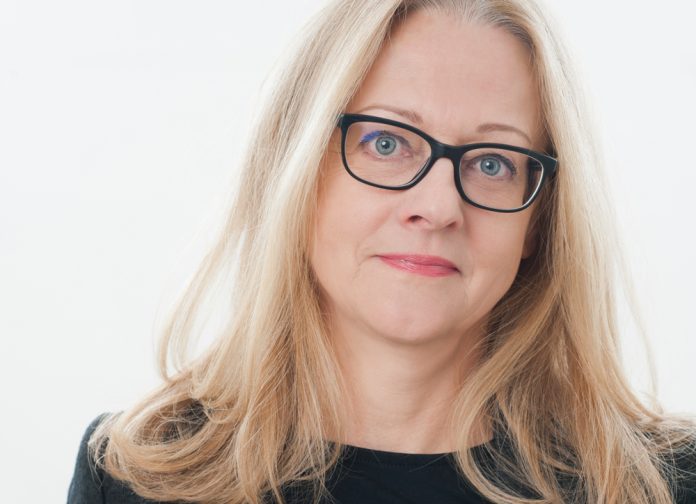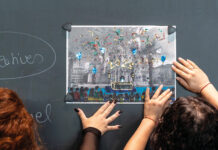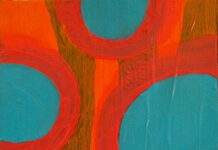
New synergies between two worlds
— Doris Rothauer
Art has always followed its own paths beyond familiar thought patterns. Here, the key element is creativity, a problem solving skill that is also becoming more important in the business world in the search for innovative solutions and the development of existing potential.
” Design for the real world” is the programme title of the book by the visionary Austrian designer and theoretician Victor Papanek, which definitively changed our current understanding of design. Papanek already recognised the significance of the social context of design during the 1960s, claiming that all design has related social, economic and ecological consequences (Papanek, 1984). In his legendary polemic, he demanded that people develop greater awareness in the way that they handled this responsibility. At a time when the belief in uninhibited growth enabled an enormous upturn in the economy, there was at first very little understanding for his mission, however.Interestingly, there is a reference embedded in the title to the fact that design obviously has nothing to do with the real world. This view is particularly true of art over the last 200 years, and reflects its historical development: art is here, life is there. This is a life which is dominated to a considerable degree by the economy. As an applied art discipline, design now plays a very important role in society and the economy, as do most of the creative disciplines that are currently covered by the general term “creative industries”. They make a key contribution to our innovativeness – including in the sense of generating social innovations. By contrast, the role of art in real life remains highly traditional, limited as it is to an elite entertainment and representation function, despite a broadening of the concept of art and interventionist practices. Art and the economy are in many ways still two separate, even opposite, worlds. Why is this so? Perhaps a simple explanation is sufficient: they are subject to fundamentally different paradigms and values.
Creativity as a problem-solving concept
During the 20th century, our economy and working society were dominated by growth and measurability. This is in contrast with the paradigm of creativity at the centre of art – something intangible, non-measureable. These apparent contradictions can be seen in a different light today, however. What has brought us an unprecedented level of development and wealth in the industrial countries is now being increasingly called into question. At whose cost, and with what consequences, can we continue to increase productivity, bow to the pressure to achieve, or exploit our resources? While the paradigms of the industrial society amount to an exploitation of resources, creativity stands for the development of potential. We know from neurology that creativity means, among other things, moving in fields of tension. Creativity is an ability to solve problems that thrives on a change of perspective, on free thought which is not oriented to familiar cognitive patterns, on the ability and openness of always reconnecting our knowledge anew instead of routinely repeating and storing it. And that is precisely what we need today. Why? Because “business as usual” no longer works. We are experiencing the collapse of well-worn structures, systems and mechanisms on a daily basis, on a large and small scale. Our way of dealing with this situation, and our ability to create alternative models, requires new ways of thinking and behaving that have not yet been tried out. Artists and creatives constantly live and work in the field of tension between chaos and order, fantasy and reality, improvisation and perfection. What we know today about the opportunities for encouraging our own individual creativity are things that artists and creatives do instinctively: following diversions, allowing space for thought play, changing place and perspective, daring to enter unknown areas, releasing themselves from conventions and expectations, asking unusual questions, considering things that appear on the surface to be irrelevant. However, their repertoire also includes rituals and formal patterns, enormous discipline and tenacity and the desire to achieve maximum perfection. In this sense, we can regard art and creativity as being learning fields. Learning fields that also make sense in the business world. What can companies learn from artists in terms of how they deal with increasing insecurity and complexity, as well as the pressure to innovate? The same applies on a personal level. We must increasingly learn how to improvise on the basis of a sense of insecurity, with the same high standards that we would have under perfect framework conditions. Transferred to “real” life, we need short-term, quick decisions and solutions to problems that do not feel safe, that have not been prepared and that cannot be planned long in advance.
Methods for anchoring artistic thinking and behaviour in the economic field
The concept of arts-based learning, a tool for promoting learning ability that was first developed in teaching, and which makes use of artistic experience, is currently being tested as a way of applying artistic thinking and activity to management training and organisation development processes, for example. Starting in the US and the UK, a new artistic intervention practice has been developed over a period of about15 years, particularly in the performing arts and music, called Arts-in-Business (cf. e.g. Seifter/Buswick 2005; Darso 2004; Biehl-Missal 2011). The topics that can be transferred to the standards and processes in a company range from the process of composition via virtuosity on your instrument to playing in a band or an orchestra. The management theoretician Peter Drucker, another Austrian visionary in his discipline, already described the orchestra as an organisation model of the future at the end of the 1980s (Drucker 1988). Artful Organizations is the name given by Danish innovation researcher Lotte Darso to companies which use artistic creativity as a source of energy and inspiration. When the experience of this creativity leads to a change of awareness that has an impact on the entire organisation, on the way in which the potential of the employees develops, and on the attitude towards customers and stakeholders (Darso 2014). The methodological approach to creative problem-solving processes, design thinking – an iterative process that combines analytic thought with emotional experiences and collaborative creativity techniques – is today used in business, specifically in relation to innovation processes, all over the world. Artful thinking, in the same way as design thinking, could be a new approach, as a mindset oriented towards artistic creativity: “(…) connect the mind with the body, heart, and spirit. This is what we need in organizations.” (Darso in: Rothauer 2016, 68). The areas of application that emerge from this range from creative leadership and team development and new holacratic forms of organisation through to system-changing business model innovations. In all its radicality, art acts as a model, because it shows us how far creativity can go – starting from a basic ability that each one of us has. That’s why it’s so important to become involved with art, to learn about art. By examining the values and attitudes, strategies and methods that form the basis of artistic work, we learn ways of thinking and acting that can provide reference points for solving our problems – including those in the economy. The time is ripe for a reassessment and relocation of artistic creative activity. Austria in particular has huge potential for this form of arts-based innovation, as I call it: with its hidden champions in the industry, which are global market leaders in the niche markets, with its traditional companies that master the balancing act between tradition and innovation, with its new generation of innovative young entrepreneurs, and its rich cultural and creative scene which is well known for blowing away the boundaries of the conventional.Brigitte Biehl-Missal: Wirtschaftsästhetik. Wie Unternehmen die Kunst als Inspiration und Werkzeug nutzen.
the author
Doris Rothauer is a culture manager, author and trained systemic consultant. After many years as a manager in the arts field, she founded the BÜRO FÜR TRANSFER in 2006, with a focus on strategic consultancy and coaching in the arts and creative industries field, and on mediation and cooperation projects at the interface between creativity, economy and social impact. Her new book, “Kreativität. Der Schlüssel für eine neue Wirtschaft und Gesellschaft” (“Creativity. The key to a new economy and society”) has recently been published.











